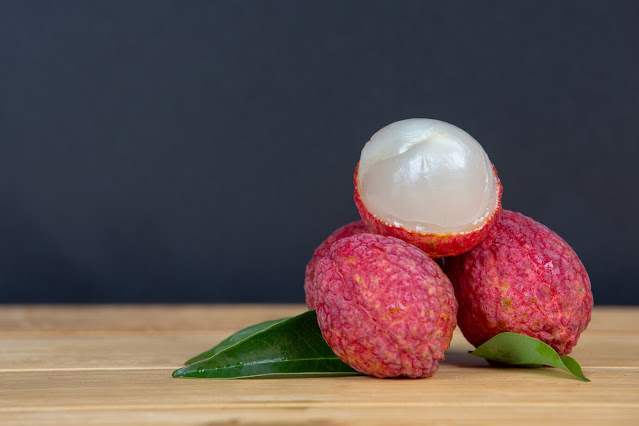Biological Name: Punica granatum
Pomegranate (anar) are considered as the
‘fruits of paradise’ in ancient cultures, and ‘apple of Grenada” in early
English. Pomegranate fruit is a native to Persia and the Western Himalayan
range and it is considered to be one of the oldest fruits.
The varieties of pomegranate are Balegal, Crab, Cloud, Francis,
Freshman and Granada. The side effects of Pomegranate are Allergic
reaction, Cold, Breathing difficulty, Irritation, Swelling. Pomegranates are used in cooking, baking,
meal garnishes, juice blends, smoothies, and alcoholic beverages, such as cocktails
and wine. It is also cultivated in parts of California and Arizona. They are
said to be good sources of vitamins, since it includes vitamin A, C and E, as
well as folic acid and also called as “healthy powerhouse” and ‘bad’
cholesterol.
It improves blood circulation and reducing inflammation. Other health
benefits include being a cure for stomach disorders, cancer, dental conditions,
osteoarthritis, anemia and diabetes, prevent hair loss, and strengthen your
hair. It is useful for the treatment of sore throats.
In Different Languages
Spanish - Granada
French - Grenade
Filipino - Granada
Hindi - Anar
Tamil - Mathulam pazham
Malayalam - Mathulam
Telugu - Danimma pandu
Gujarati - Dalamb
Bengali
- Dalim
Marathi - Dalimb
Oriya - Dalimba
Punjabi & Urdu - Anar
Nutritional Value of Pomegranates
Nutrients:
Dietary Fiber - 16%
Carbohydrate -
6%
Calories - 4%
Protein - 3%
Vitamins:
Vitamin K -21%
Vitamin C - 17%
Folate -
10%
Vitamin B6 -
4%
Minerals:
Copper - 8%
Potassium - 7%
Manganese -
6%
Phosphorus -
4%
Health Benefits of Pomegranates
- Provides relief from stomach disorders
- Protects against heart ailments
- Reduces risk of developing cancer
- Helps reduce symptoms of anemia
- Curbs risk of delivering premature babies
- Provides youthful & glowing skin
- Prevents hair loss, Promotes longer and healthier hair, Treatment of dandruff.
- Natural hair conditioners and contain nutrients
- Helps overcome impression
- protect cardiovascular health
- Avoids low birth weight for newborn infant
- Reduce the possibility of developing Alzheimer’s disease among older generations
- Helps to control aging problems like wrinkles
- Overcome post-menopausal depression.
Note:
% Daily Value per 100g. For e.g. 100g of Pomegranate provides 21% of daily requirement of Vitamin K
Other Benefits














